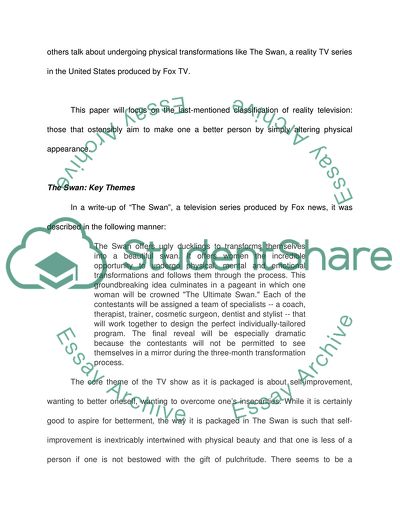Cite this document
(“The Politics and Sociology of Media and Culture Essay”, n.d.)
The Politics and Sociology of Media and Culture Essay. Retrieved from https://studentshare.org/journalism-communication/1538464-the-politics-and-sociology-of-media-and-culture
The Politics and Sociology of Media and Culture Essay. Retrieved from https://studentshare.org/journalism-communication/1538464-the-politics-and-sociology-of-media-and-culture
(The Politics and Sociology of Media and Culture Essay)
The Politics and Sociology of Media and Culture Essay. https://studentshare.org/journalism-communication/1538464-the-politics-and-sociology-of-media-and-culture.
The Politics and Sociology of Media and Culture Essay. https://studentshare.org/journalism-communication/1538464-the-politics-and-sociology-of-media-and-culture.
“The Politics and Sociology of Media and Culture Essay”, n.d. https://studentshare.org/journalism-communication/1538464-the-politics-and-sociology-of-media-and-culture.


